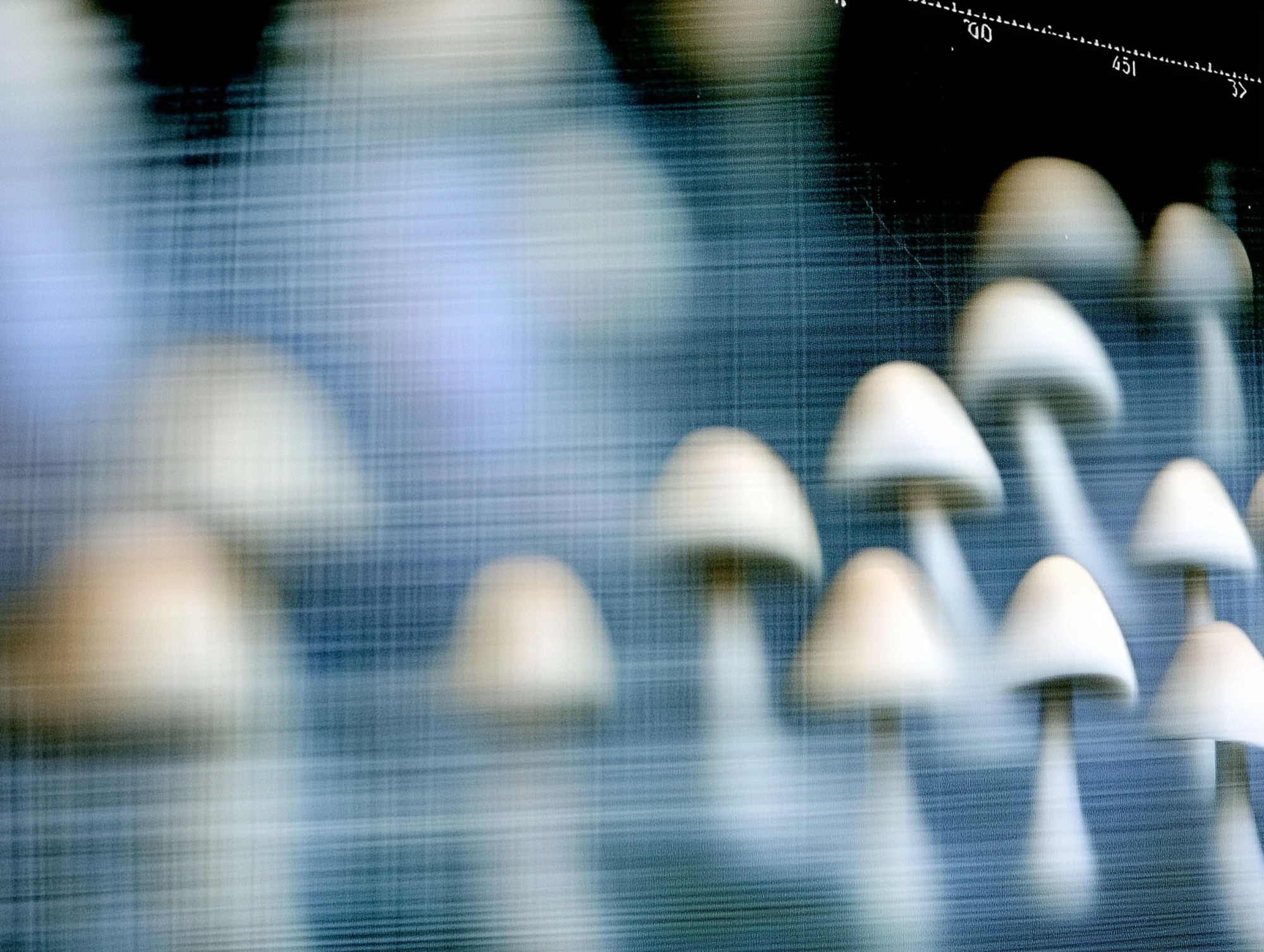As humanity races to decode the puzzle of aging, a team of scientists has made a provocative discovery: psilocybin—the psychedelic molecule derived from 'magic mushrooms'—may significantly extend cellular lifespan and improve survival rates in aging organisms. Could these hallucinogenic fungi truly hold the key to unlocking longevity?
In a groundbreaking study published in npj Aging, researchers from Emory and Baylor College of Medicine, led by Louise Hecker, investigate the unconventional yet compelling potential of psilocybin, traditionally known for its profound effects on human perception and mental health. Moving beyond the psychedelic experience, their research delves deep into cellular biology, revealing psilocybin’s ability to intervene directly in the processes underlying cellular aging.
At its biological core, aging is characterized by progressive cellular decline marked by telomere shortening, oxidative stress, and increased DNA damage. Hecker’s team found that psilocin, the active metabolite of psilocybin, remarkably extended the lifespan of human cells in vitro by up to 57%, significantly preserving telomere length and reducing markers of aging, including oxidative stress and DNA damage. The critical mechanism appears to be psilocin’s ability to enhance the expression of sirtuin1 (SIRT1), a protein essential for regulating cellular longevity and mitigating stress-induced damage.
But the researchers didn’t stop at cellular experiments. Translating these findings into living organisms, Hecker and colleagues conducted an extensive in vivo experiment involving aging mice—comparable in age to humans in their early sixties. Over ten months, these mice received monthly doses of psilocybin, starting with a low-dose (5 mg/kg) for acclimatization followed by subsequent higher monthly doses (15 mg/kg). The results were striking: survival rates dramatically improved, with 80% of the psilocybin-treated mice surviving compared to just 50% of the control group. Interestingly, the treated mice also displayed noticeable improvements in overall physical health, such as enhanced fur quality, reduced graying, and general vitality—suggesting a systemic rejuvenation effect.
This dosage regimen was carefully designed to mirror human clinical dosages, translating a therapeutic psychedelic dose of 25 mg from human trials into appropriate doses for mice using standard allometric scaling. Considering the significantly faster metabolism of psilocybin in mice compared to humans (a half-life of approximately 0.9 hours in mice versus up to 3 hours in humans), the higher 15 mg/kg dose ensured sufficient systemic exposure and efficacy.
These findings dramatically expand our understanding of psychedelics, placing psilocybin at the intersection of neuroscience, gerontology, and pharmacology. They support the provocative "psilocybin-telomere hypothesis," which proposes that psilocybin's diverse therapeutic benefits, traditionally linked to mental health, might partly result from its anti-aging effects at the genetic and cellular levels.
Nevertheless, significant questions and barriers remain. Psilocybin’s Schedule I classification severely restricts research, leaving open crucial questions about the long-term safety and optimal dosing regimens for therapeutic applications. Concerns about potential oncogenic risks from delayed cellular senescence must also be carefully addressed in future studies.
These promising results could signal a profound shift in medical paradigms. Once relegated to fringe, psychedelic compounds like psilocybin may soon find themselves at the heart of mainstream therapeutic strategies, radically altering our approach to aging, health, and longevity.


